Home>Furniture & Design>Interior Design Trends>How To Remove Lettering From Glass
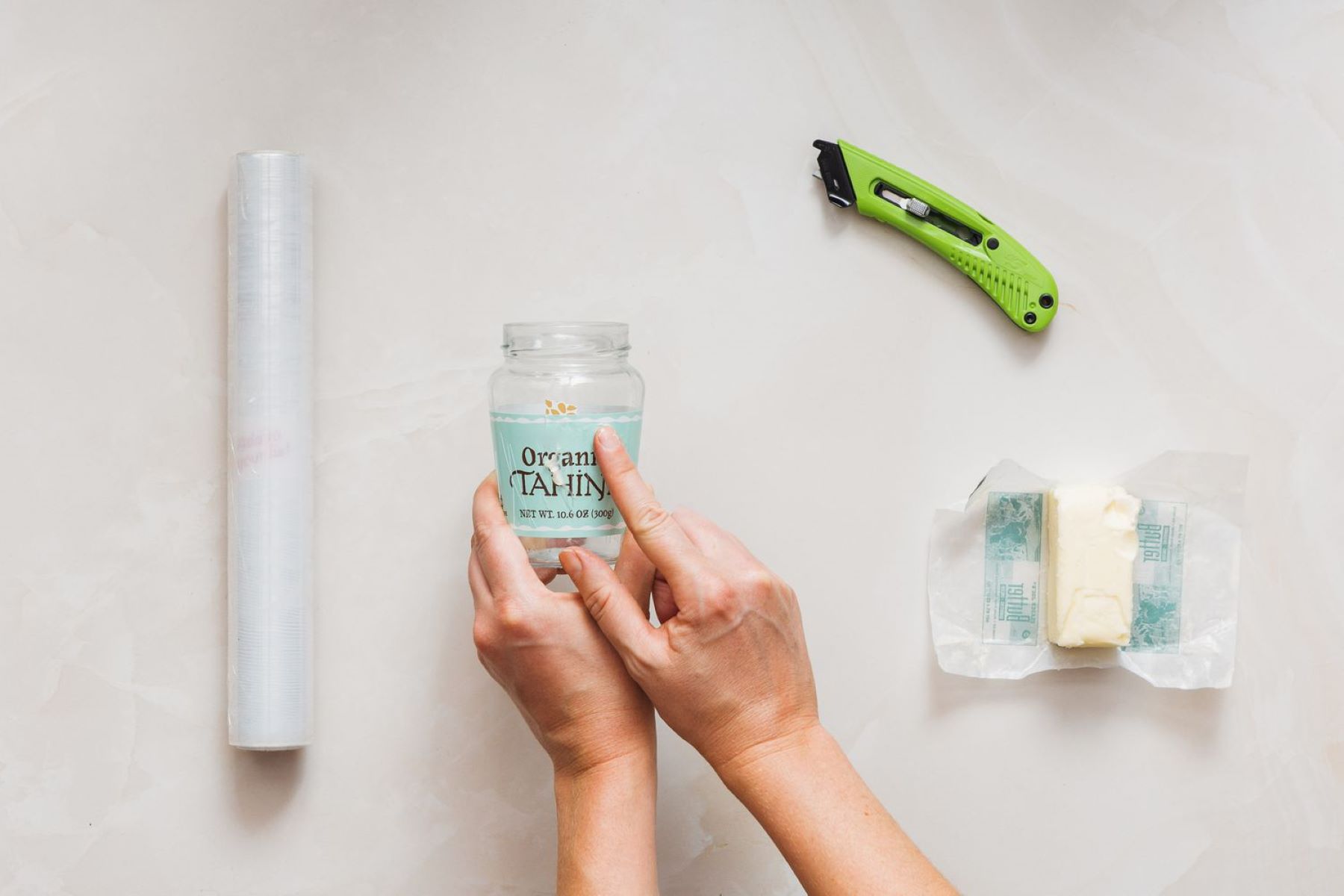

Interior Design Trends
How To Remove Lettering From Glass
Published: February 4, 2024
Learn how to remove lettering from glass and stay on top of the latest interior design trends with our expert tips and advice. Discover the best techniques for updating your space.
(Many of the links in this article redirect to a specific reviewed product. Your purchase of these products through affiliate links helps to generate commission for Storables.com, at no extra cost. Learn more)
Introduction
Removing lettering from glass can be a challenging task, especially when dealing with stubborn adhesives or materials that have been firmly affixed for an extended period. Whether you're looking to repurpose a glass surface, such as a window or a mirror, or simply seeking to eliminate outdated or unwanted lettering, it's essential to approach the task with the right techniques and materials. By following the methods outlined in this guide, you can effectively restore the pristine appearance of the glass while avoiding damage or unsightly residue.
In the following sections, we will explore various methods for removing lettering from glass, each utilizing different materials and techniques. From common household items like rubbing alcohol and vinegar to specialized products such as Goo Gone, there are several approaches to consider. By understanding the unique properties of each method, you can select the most suitable option based on the type of lettering, the condition of the glass, and the resources available to you.
Whether you're a DIY enthusiast, a homeowner looking to refresh your living space, or a professional seeking effective solutions for clients, the ability to remove lettering from glass is a valuable skill. With the right knowledge and tools at your disposal, you can achieve impressive results and transform the appearance of glass surfaces with ease. Let's delve into the materials and methods that will enable you to tackle this task confidently and effectively.
Key Takeaways:
- Easily remove lettering from glass using household items like rubbing alcohol, vinegar, and baking soda. These methods are effective, eco-friendly, and accessible for DIY projects or professional restoration.
- Goo Gone offers a specialized solution for tough adhesive residues on glass surfaces. Choose the method that best suits the type of lettering and enjoy professional-quality results without harsh chemicals.
Read more: How To Remove Candles From Glass
Materials Needed
Before embarking on the process of removing lettering from glass, it's crucial to gather the necessary materials to ensure a smooth and effective operation. The following items are essential for implementing the various methods outlined in this guide:
-
Rubbing Alcohol: Also known as isopropyl alcohol, this versatile solvent is a key ingredient in many DIY cleaning solutions. It is highly effective in breaking down adhesives and removing stubborn residue from glass surfaces.
-
White Vinegar: A staple in household cleaning, white vinegar is renowned for its acidic properties, making it an excellent choice for dissolving adhesives and stains on glass.
-
Baking Soda: This common kitchen ingredient serves as a gentle abrasive agent, ideal for scrubbing away adhesive remnants without causing damage to the glass.
-
Goo Gone: A specialized adhesive remover, Goo Gone is formulated to tackle tough sticky residues, including those left behind by stickers, labels, and adhesives on glass surfaces.
-
Microfiber Cloth: A soft, lint-free cloth is essential for applying cleaning solutions and gently buffing the glass to achieve a streak-free finish.
-
Plastic Scraper or Razor Blade: These tools are useful for carefully scraping away the lettering or adhesive from the glass surface without causing scratches.
-
Spray Bottle: To facilitate the application of liquid cleaning agents, a spray bottle is a convenient tool for ensuring even coverage on the glass.
-
Protective Gloves: When working with chemical solvents or adhesive removers, it's important to protect your hands with durable gloves to prevent skin irritation.
-
Safety Goggles: As a precautionary measure, safety goggles can shield your eyes from potential splashes or fumes during the lettering removal process.
-
Ventilation: Adequate ventilation is crucial, especially when using chemical-based cleaning agents, to ensure a well-ventilated workspace and minimize exposure to fumes.
By assembling these materials, you will be well-equipped to tackle the task of removing lettering from glass using the methods detailed in the subsequent sections. With the right tools at your disposal, you can approach the process confidently and achieve professional-quality results.
Method 1: Using Rubbing Alcohol
Rubbing alcohol, also known as isopropyl alcohol, is a versatile and effective solvent that can be utilized to remove lettering from glass surfaces. Its ability to break down adhesives and dissolve stubborn residue makes it a popular choice for DIY cleaning and restoration tasks. When employing rubbing alcohol for this purpose, it's important to follow a systematic approach to ensure optimal results without causing damage to the glass.
To begin the process, gather the necessary materials, including rubbing alcohol, a microfiber cloth, a plastic scraper or razor blade, and protective gloves. It's essential to work in a well-ventilated area and wear protective gloves to prevent skin irritation. Additionally, ensure that the glass surface is clean and free of any debris or dust before proceeding.
Start by applying a small amount of rubbing alcohol to a clean microfiber cloth. Gently dab the cloth onto the lettering or adhesive residue, allowing the alcohol to penetrate and weaken the adhesive bond. Avoid excessive rubbing or scrubbing, as this may spread the residue or cause streaking on the glass.
After allowing the rubbing alcohol to sit for a few minutes, use a plastic scraper or razor blade to carefully lift the softened lettering or adhesive from the glass surface. Exercise caution to avoid scratching the glass, applying gentle pressure and using a scraping motion to lift the residue.
Once the majority of the lettering or adhesive has been removed, apply additional rubbing alcohol to a fresh section of the microfiber cloth and gently wipe the area to eliminate any remaining residue. This step helps ensure a thorough and streak-free finish on the glass.
After completing the removal process, inspect the glass surface to ensure that all lettering and residue have been effectively eliminated. If any stubborn remnants persist, repeat the application of rubbing alcohol and gentle scraping until the surface is clean and smooth.
By utilizing rubbing alcohol in a methodical manner, you can effectively remove lettering from glass surfaces, restoring their pristine appearance without the need for harsh chemicals or abrasive techniques. This approach is particularly suitable for smaller areas of lettering or adhesive residue and provides a cost-effective and environmentally friendly solution for glass restoration projects.
Method 2: Using Vinegar
Vinegar, a household staple renowned for its versatile cleaning properties, serves as an effective solution for removing lettering from glass surfaces. Its acidic nature makes it an ideal candidate for dissolving adhesives and eliminating stubborn residue without causing damage to the glass. When employing vinegar for this purpose, it's essential to follow a systematic approach to ensure optimal results.
To begin the process, gather the necessary materials, including white vinegar, a spray bottle, a microfiber cloth, a plastic scraper or razor blade, and protective gloves. Working in a well-ventilated area is crucial, and wearing protective gloves helps prevent skin irritation during the lettering removal process. Ensure that the glass surface is clean and free of any debris or dust before proceeding.
Start by diluting the white vinegar with water in a 1:1 ratio and transferring the solution to a spray bottle for convenient application. The diluted vinegar serves as a gentle yet effective cleaning agent, making it suitable for use on glass surfaces without causing damage.
Spray the diluted vinegar solution directly onto the lettering or adhesive residue, ensuring even coverage across the affected area. Allow the solution to sit for a few minutes, allowing the acidic properties of the vinegar to penetrate and weaken the adhesive bond.
Using a plastic scraper or razor blade, carefully lift the softened lettering or adhesive from the glass surface. Exercise caution to avoid scratching the glass, applying gentle pressure and using a scraping motion to lift the residue.
After the majority of the lettering or adhesive has been removed, apply additional diluted vinegar to a fresh section of the microfiber cloth and gently wipe the area to eliminate any remaining residue. This step helps ensure a thorough and streak-free finish on the glass.
Inspect the glass surface to ensure that all lettering and residue have been effectively eliminated. If any stubborn remnants persist, repeat the application of diluted vinegar and gentle scraping until the surface is clean and smooth.
By utilizing vinegar in a methodical manner, you can effectively remove lettering from glass surfaces, restoring their pristine appearance without the need for harsh chemicals or abrasive techniques. This approach is particularly suitable for a wide range of glass surfaces and provides a cost-effective and environmentally friendly solution for lettering removal projects.
This method offers a natural and accessible alternative for individuals seeking to achieve professional-quality results while minimizing the use of synthetic cleaning agents. Whether you're tackling small lettering or larger adhesive residues, vinegar presents a versatile and eco-friendly option for restoring the clarity and beauty of glass surfaces.
Use a razor blade or a scraper to carefully remove the lettering from the glass. Apply a small amount of rubbing alcohol to help loosen the adhesive. Be gentle to avoid scratching the glass.
Method 3: Using Baking Soda
Utilizing baking soda as a gentle abrasive agent presents an effective and eco-friendly approach to removing lettering from glass surfaces. This common kitchen staple, known for its versatile cleaning properties, offers a non-toxic and non-abrasive solution for tackling adhesive residues without causing damage to the glass. By following a systematic process, you can harness the cleaning power of baking soda to achieve professional-quality results.
To initiate the lettering removal process using baking soda, gather the necessary materials, including baking soda, water, a microfiber cloth, a plastic scraper or razor blade, and protective gloves. Working in a well-ventilated area is essential, and wearing protective gloves helps prevent skin irritation during the cleaning procedure. Ensure that the glass surface is clean and free of any debris or dust before proceeding.
Begin by creating a paste using baking soda and water, achieving a consistency that is suitable for application on the glass surface. The paste serves as a gentle abrasive cleaner, ideal for scrubbing away adhesive remnants without causing scratches or damage to the glass.
Apply the baking soda paste directly onto the lettering or adhesive residue, ensuring even coverage across the affected area. Using a gentle circular motion, carefully scrub the paste into the residue using a microfiber cloth. This method allows the baking soda to effectively lift and loosen the adhesive from the glass surface.
After allowing the paste to sit for a few minutes, use a plastic scraper or razor blade to carefully lift the softened lettering or adhesive from the glass surface. Exercise caution to avoid scratching the glass, applying gentle pressure and using a scraping motion to lift the residue.
Once the majority of the lettering or adhesive has been removed, rinse the glass surface with water to eliminate any remaining baking soda residue. Use a clean microfiber cloth to dry the area, ensuring a streak-free finish on the glass.
Inspect the glass surface to ensure that all lettering and residue have been effectively eliminated. If any stubborn remnants persist, repeat the application of the baking soda paste and gentle scrubbing until the surface is clean and smooth.
By employing baking soda in a methodical manner, you can effectively remove lettering from glass surfaces, restoring their pristine appearance without the need for harsh chemicals or abrasive techniques. This approach offers a natural and accessible alternative for individuals seeking to achieve professional-quality results while minimizing the use of synthetic cleaning agents. Whether you're addressing small lettering or larger adhesive residues, baking soda provides a versatile and eco-friendly option for restoring the clarity and beauty of glass surfaces.
Read more: How To Remove Haze From Glass
Method 4: Using Goo Gone
Goo Gone, a specialized adhesive remover, offers a powerful solution for effectively removing stubborn lettering from glass surfaces. This versatile product is formulated to tackle tough sticky residues, including those left behind by stickers, labels, and adhesives, without causing damage to the underlying material. By following a systematic approach, you can harness the cleaning power of Goo Gone to achieve professional-quality results in lettering removal projects.
To begin the process of using Goo Gone, gather the necessary materials, including Goo Gone adhesive remover, a microfiber cloth, a plastic scraper or razor blade, and protective gloves. Working in a well-ventilated area is crucial, and wearing protective gloves helps prevent skin irritation during the cleaning procedure. Ensure that the glass surface is clean and free of any debris or dust before proceeding.
Start by applying a small amount of Goo Gone directly onto the lettering or adhesive residue, ensuring even coverage across the affected area. The powerful formula of Goo Gone works to penetrate and weaken the adhesive bond, facilitating the removal process.
Allow the Goo Gone to sit for a few minutes, allowing it to effectively break down the adhesive residue. This dwell time is essential for maximizing the product's effectiveness in loosening the lettering from the glass surface.
Using a plastic scraper or razor blade, carefully lift the softened lettering or adhesive from the glass surface. Exercise caution to avoid scratching the glass, applying gentle pressure and using a scraping motion to lift the residue.
After the majority of the lettering or adhesive has been removed, apply additional Goo Gone to a fresh section of the microfiber cloth and gently wipe the area to eliminate any remaining residue. This step helps ensure a thorough and streak-free finish on the glass.
Inspect the glass surface to ensure that all lettering and residue have been effectively eliminated. If any stubborn remnants persist, repeat the application of Goo Gone and gentle scraping until the surface is clean and smooth.
By utilizing Goo Gone in a methodical manner, you can effectively remove lettering from glass surfaces, restoring their pristine appearance without the need for harsh chemicals or abrasive techniques. This approach offers a convenient and professional-grade solution for individuals seeking to achieve optimal results in lettering removal projects. Whether you're addressing small lettering or larger adhesive residues, Goo Gone provides a reliable and efficient option for restoring the clarity and beauty of glass surfaces.
Conclusion
In conclusion, the process of removing lettering from glass surfaces encompasses a diverse range of methods and materials, each offering unique advantages and considerations. Whether you opt for the gentle yet effective properties of rubbing alcohol, the natural cleaning prowess of vinegar, the non-abrasive approach of baking soda, or the specialized capabilities of Goo Gone, there are solutions tailored to various preferences and requirements.
It's important to emphasize the significance of selecting the most suitable method based on the specific characteristics of the glass surface and the type of lettering or adhesive residue being addressed. By understanding the distinct properties and applications of each method, individuals can approach lettering removal projects with confidence and achieve professional-quality results.
Furthermore, the utilization of common household items such as rubbing alcohol, vinegar, and baking soda underscores the accessibility and eco-friendly nature of these methods. This not only promotes sustainable practices but also ensures that individuals have readily available solutions for restoring the clarity and beauty of glass surfaces without relying on harsh chemicals or abrasive techniques.
Additionally, the inclusion of specialized products like Goo Gone provides a valuable option for individuals seeking a professional-grade adhesive remover that is specifically formulated to tackle tough residues. This demonstrates the versatility and effectiveness of specialized cleaning solutions in addressing challenging lettering removal tasks.
Ultimately, the comprehensive understanding of these methods and materials empowers individuals to approach lettering removal from glass surfaces with the necessary knowledge and resources. Whether undertaking DIY projects, home renovations, or professional restoration endeavors, the ability to effectively remove lettering from glass surfaces is a valuable skill that can yield impressive results and enhance the aesthetic appeal of living spaces and commercial environments alike.
By embracing the diverse array of methods and materials outlined in this guide, individuals can confidently embark on lettering removal projects, knowing that they have the tools and knowledge to achieve optimal outcomes while preserving the integrity of glass surfaces. This comprehensive approach ensures that lettering removal is not only a practical task but also an opportunity to revitalize and transform glass surfaces with precision and care.
Frequently Asked Questions about How To Remove Lettering From Glass
Was this page helpful?
At Storables.com, we guarantee accurate and reliable information. Our content, validated by Expert Board Contributors, is crafted following stringent Editorial Policies. We're committed to providing you with well-researched, expert-backed insights for all your informational needs.
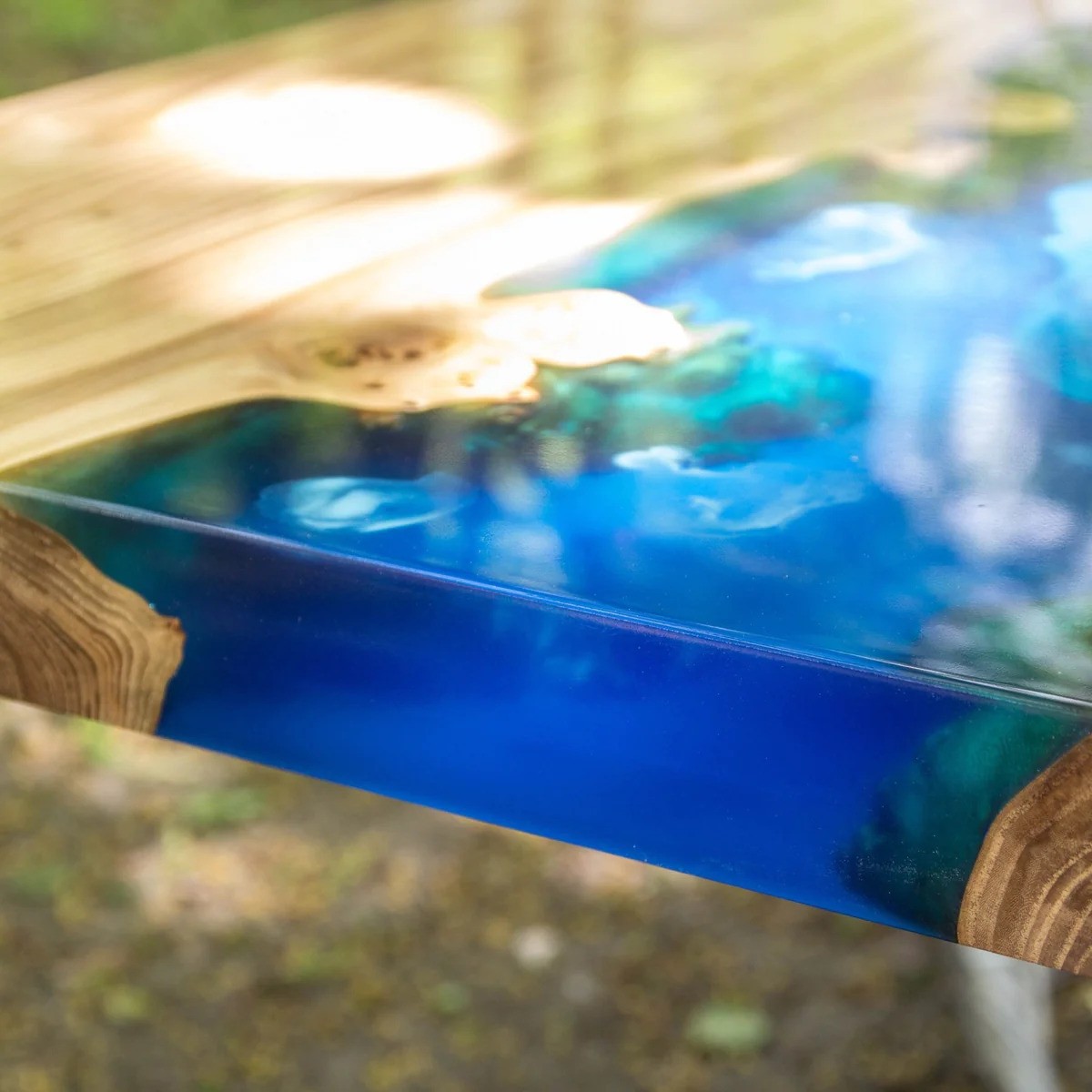
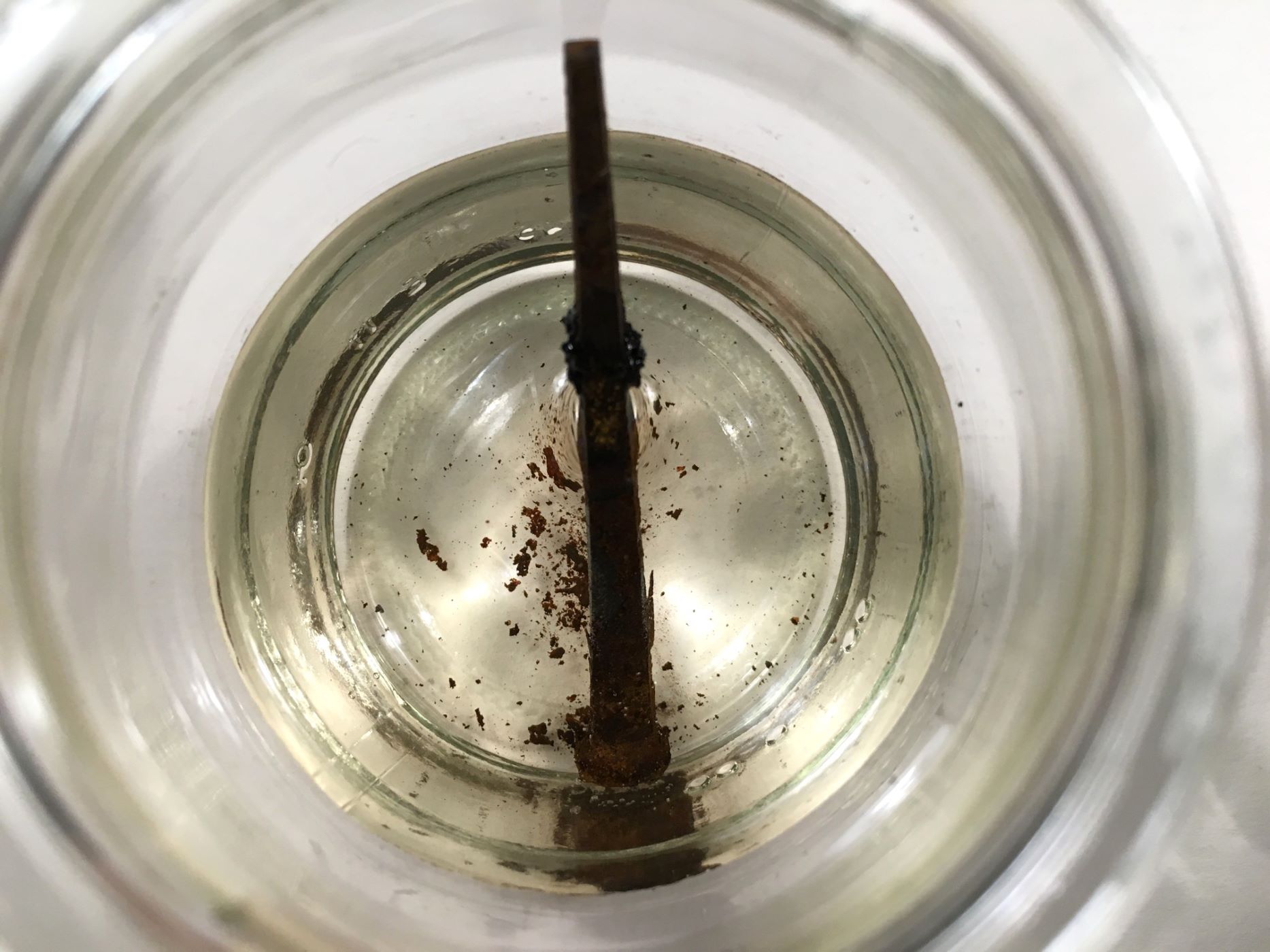
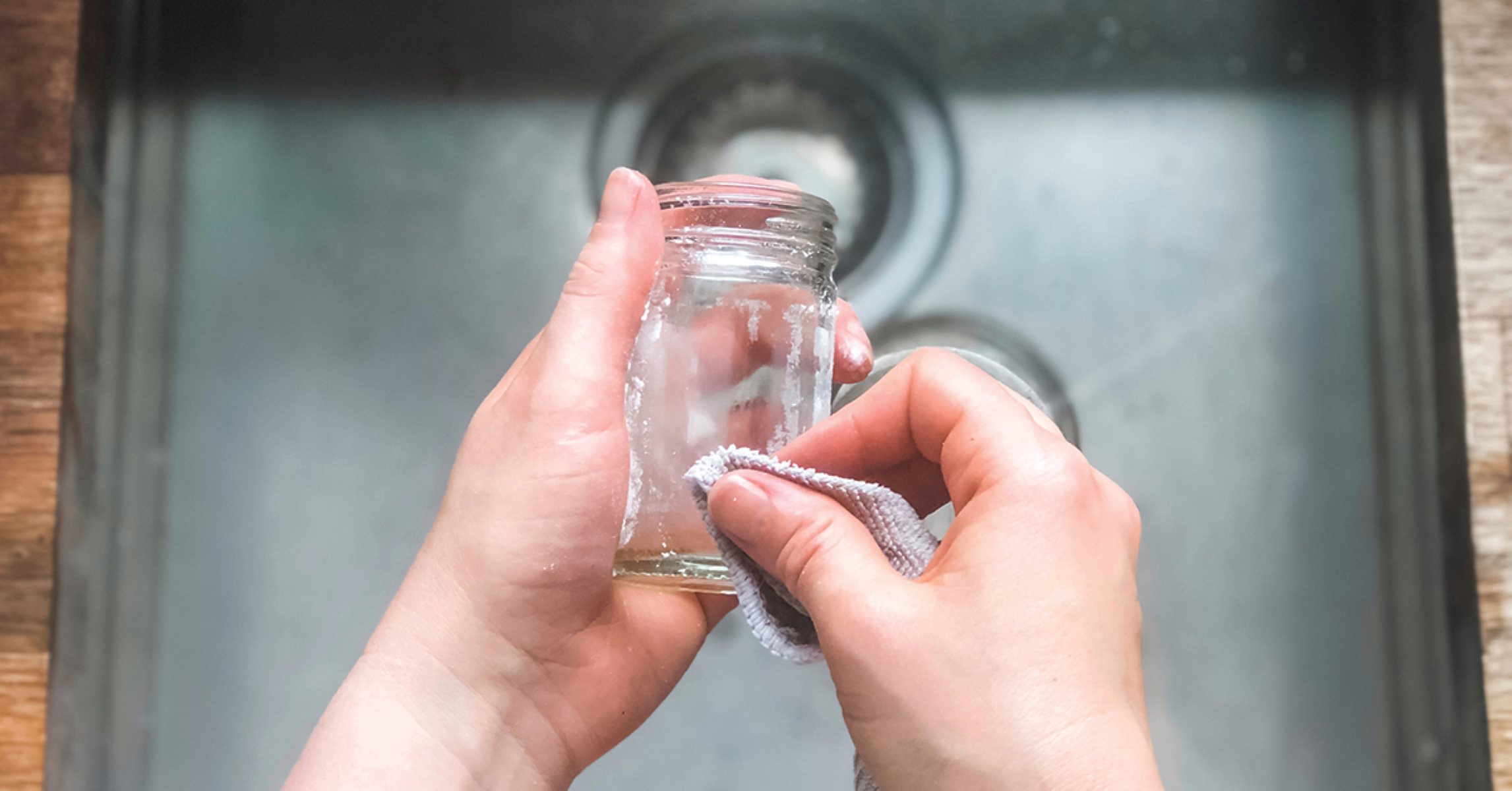
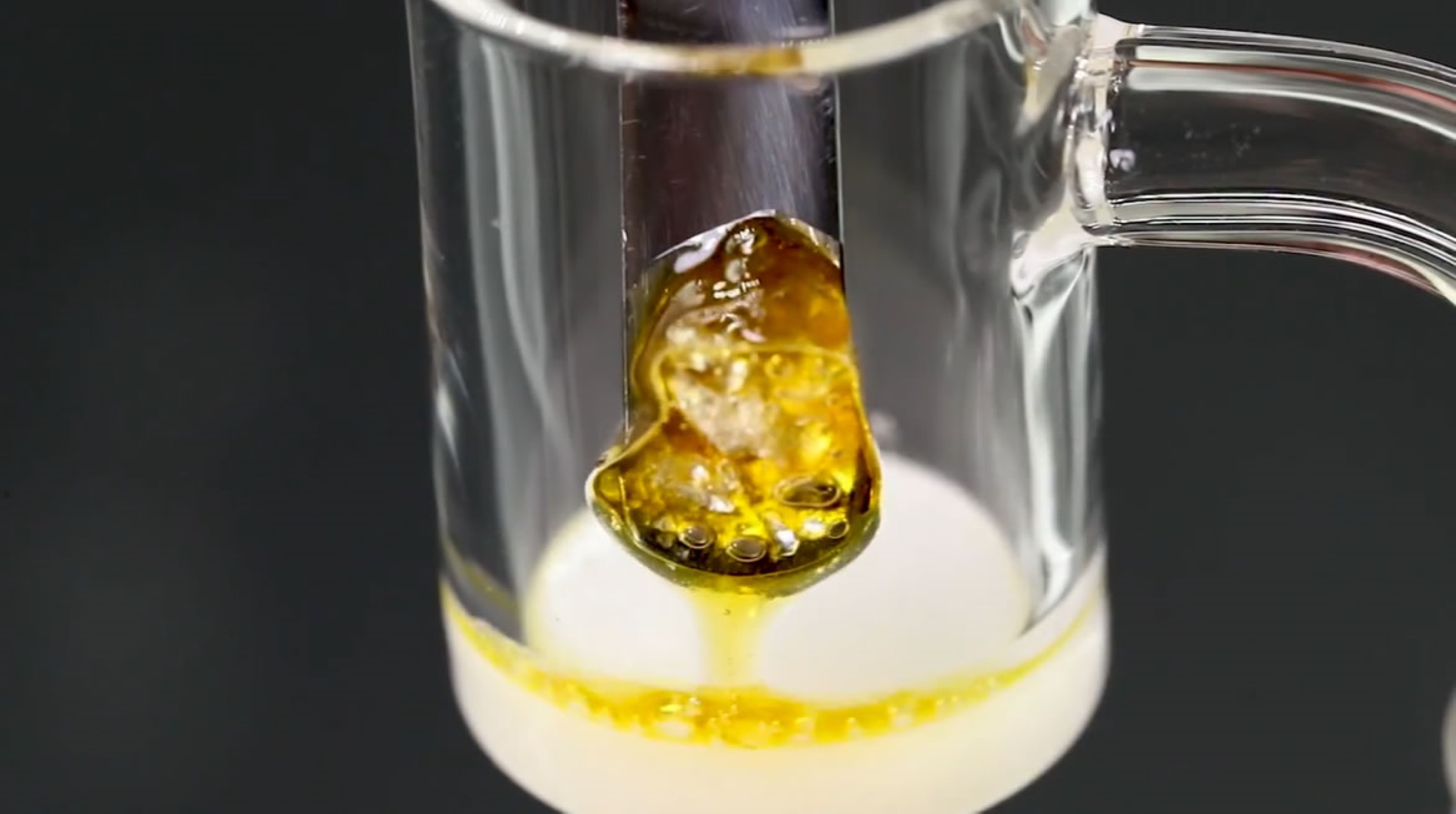
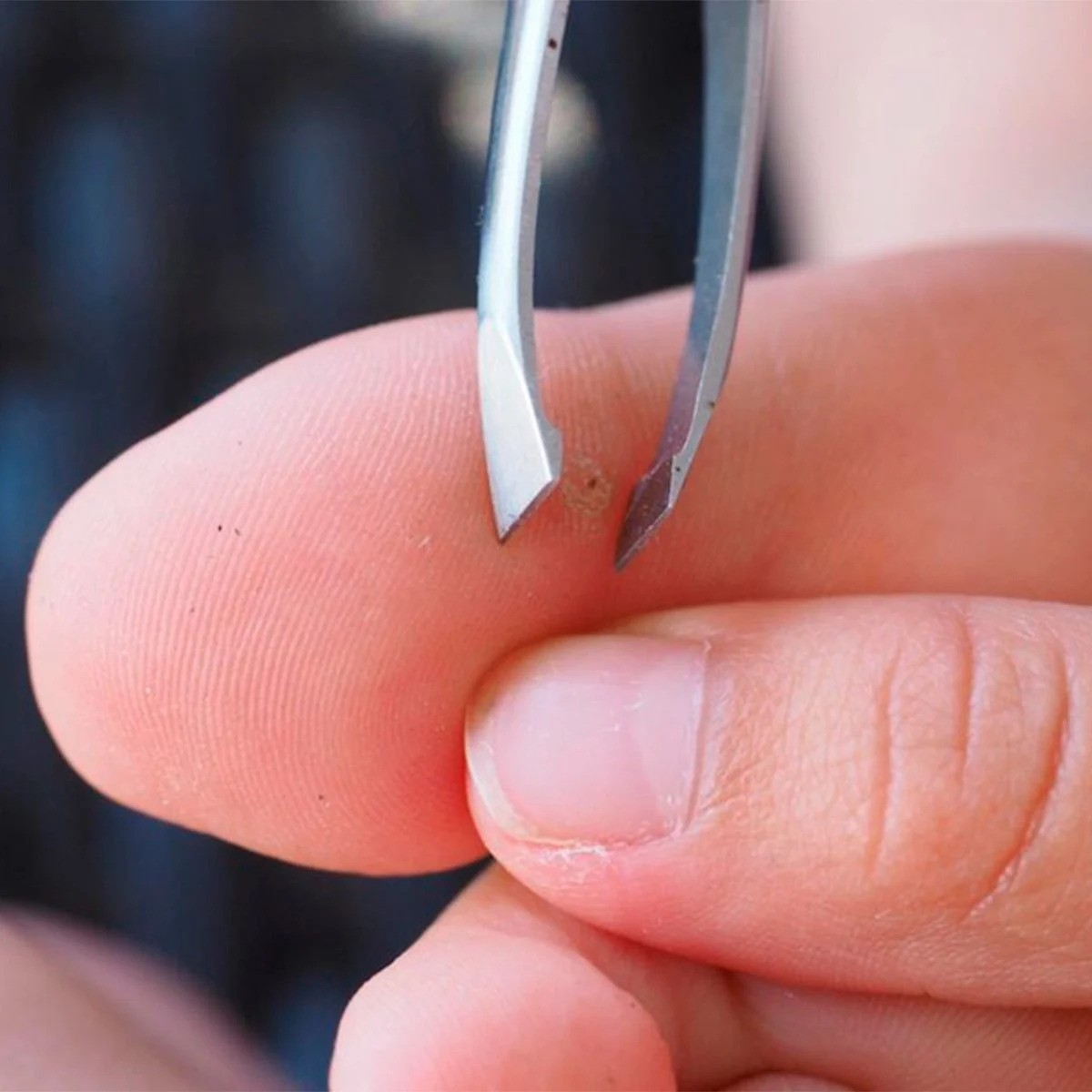
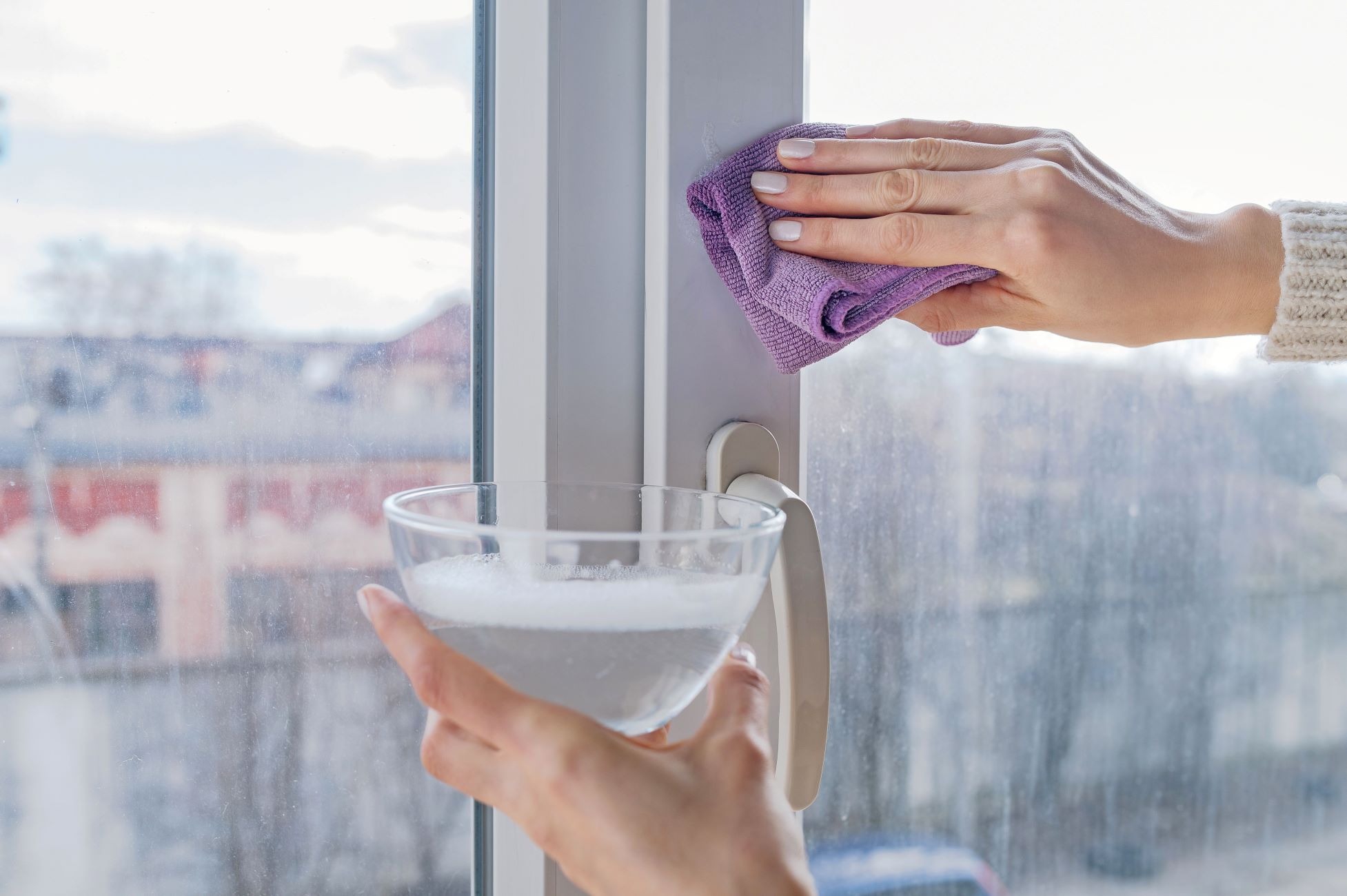
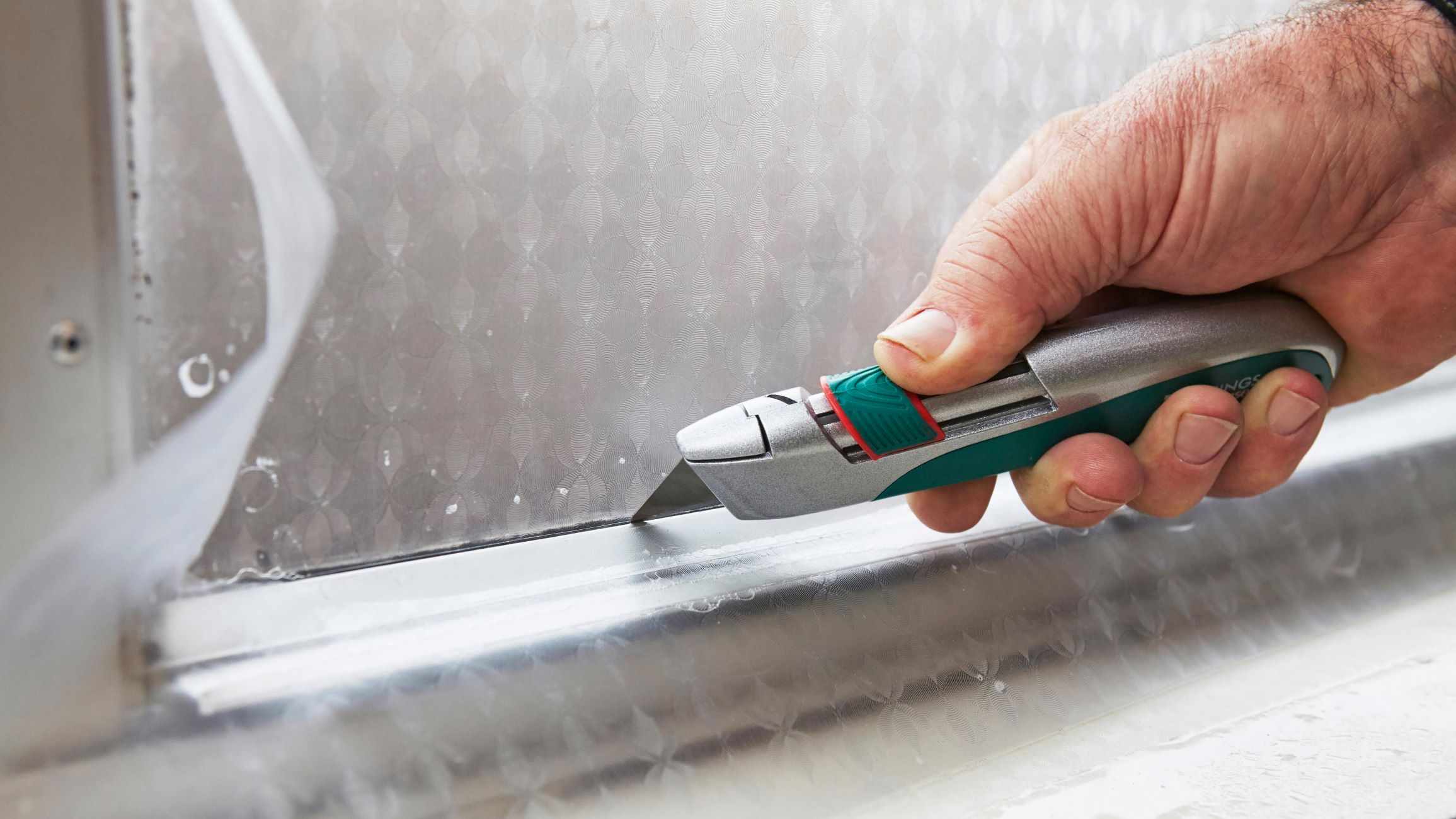

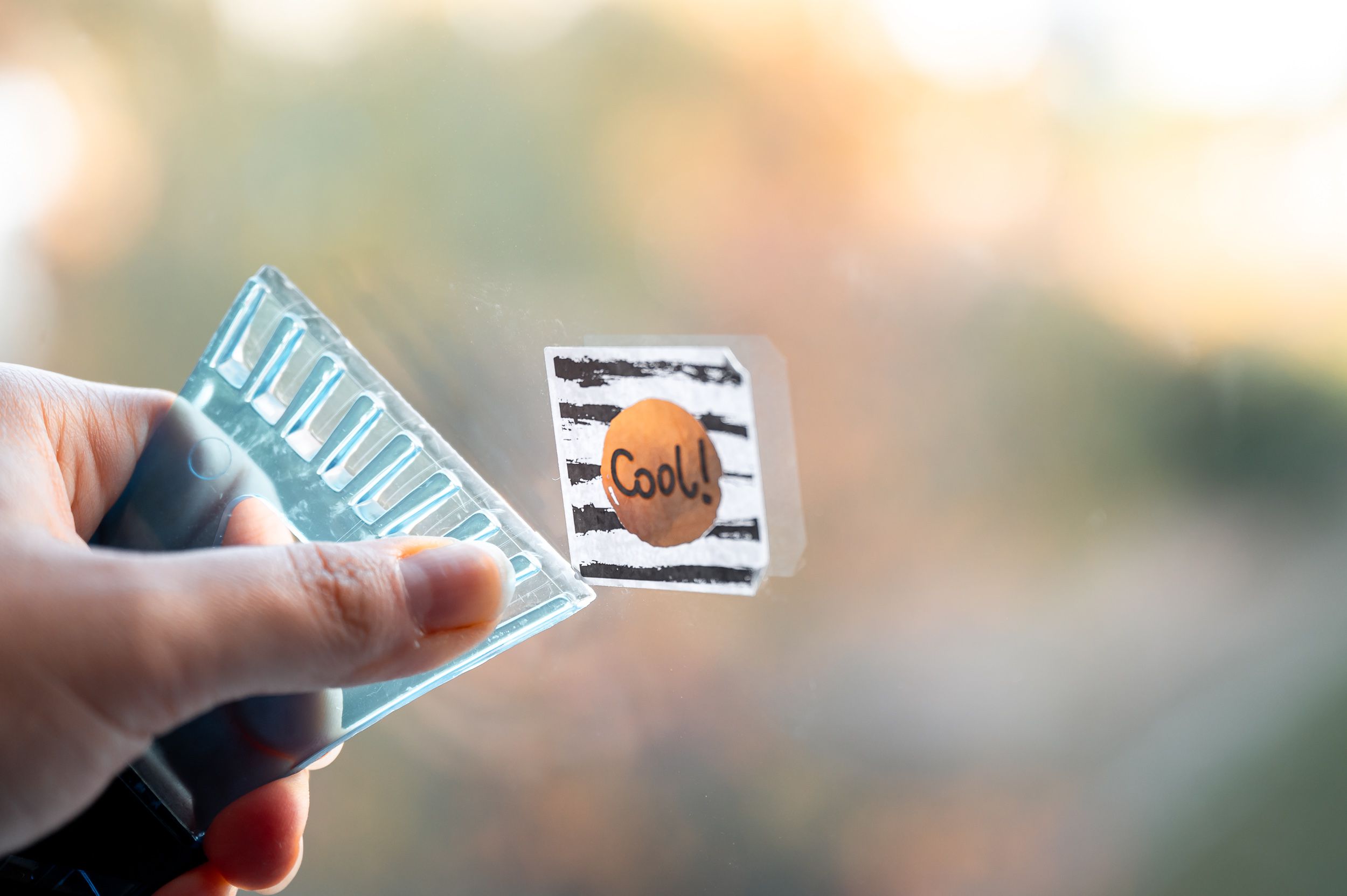

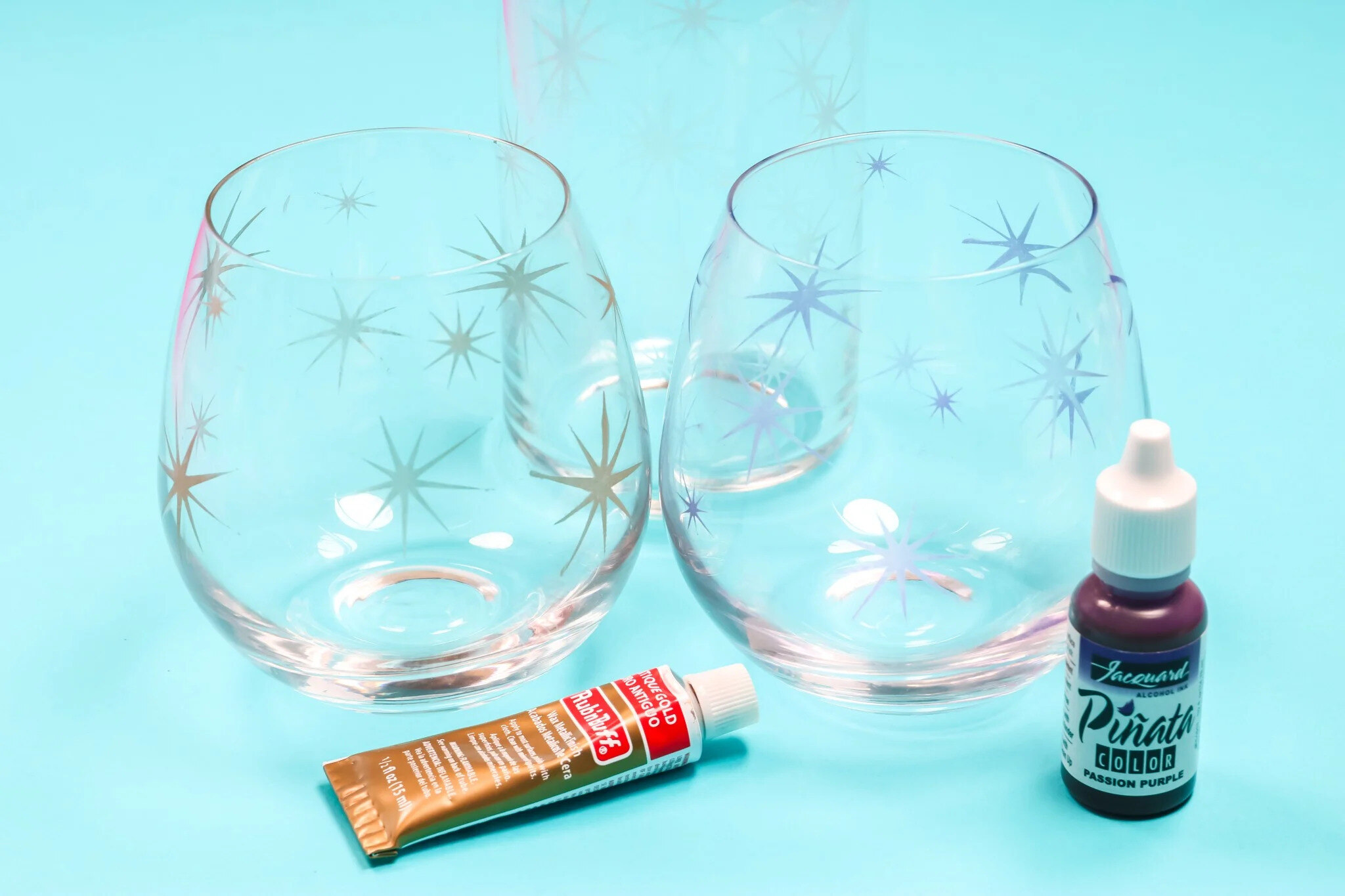
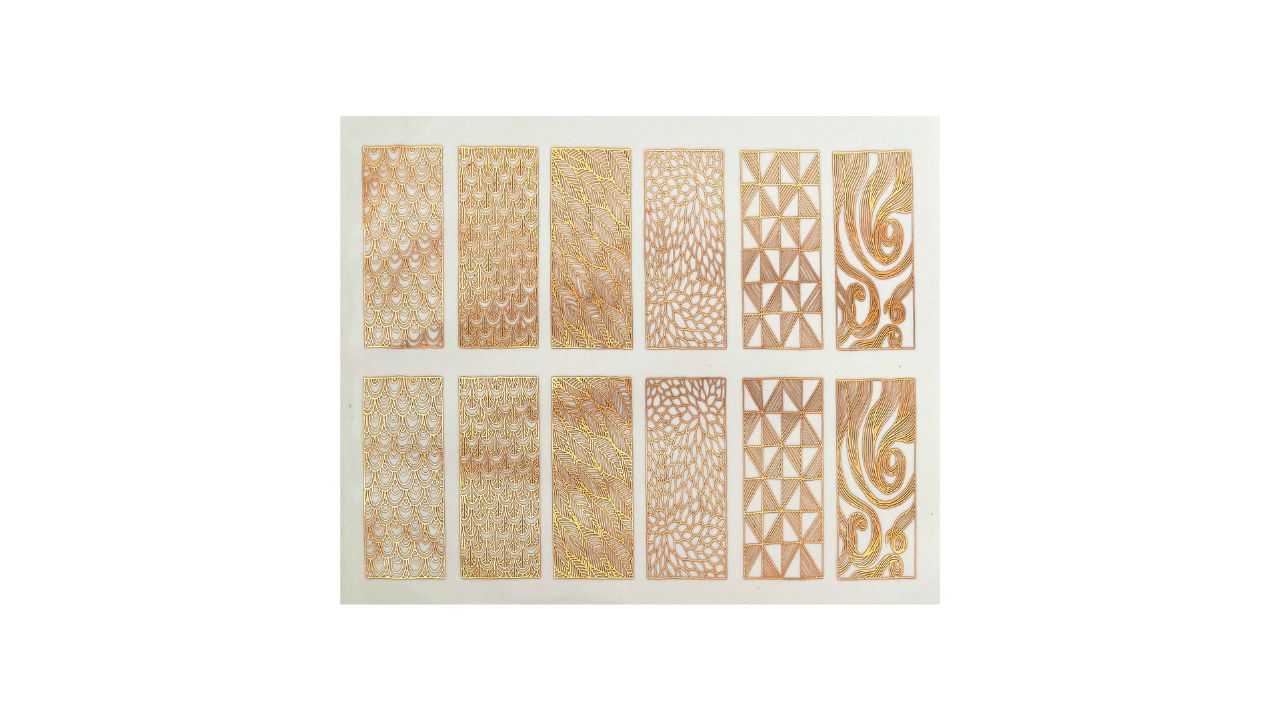
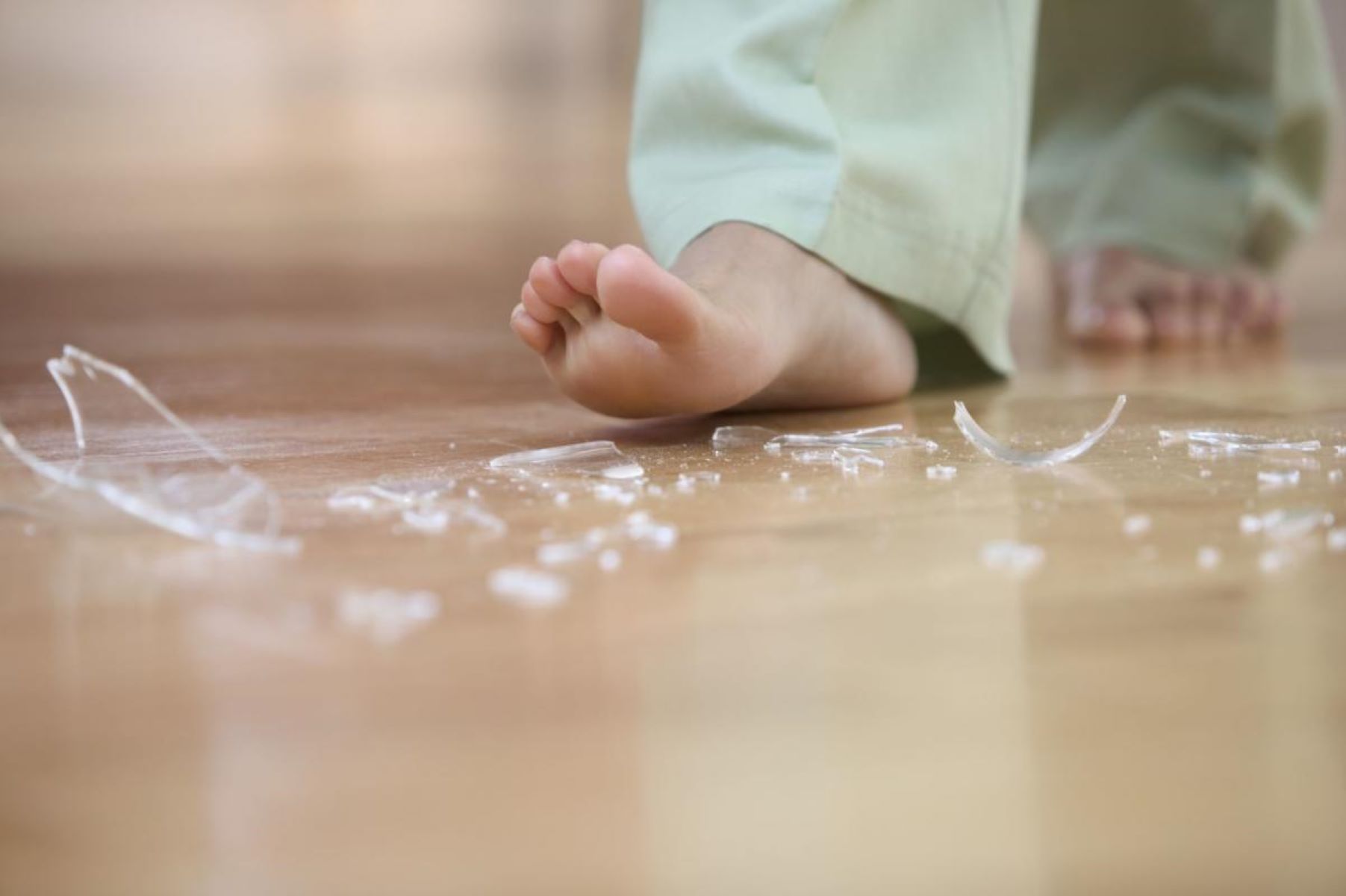
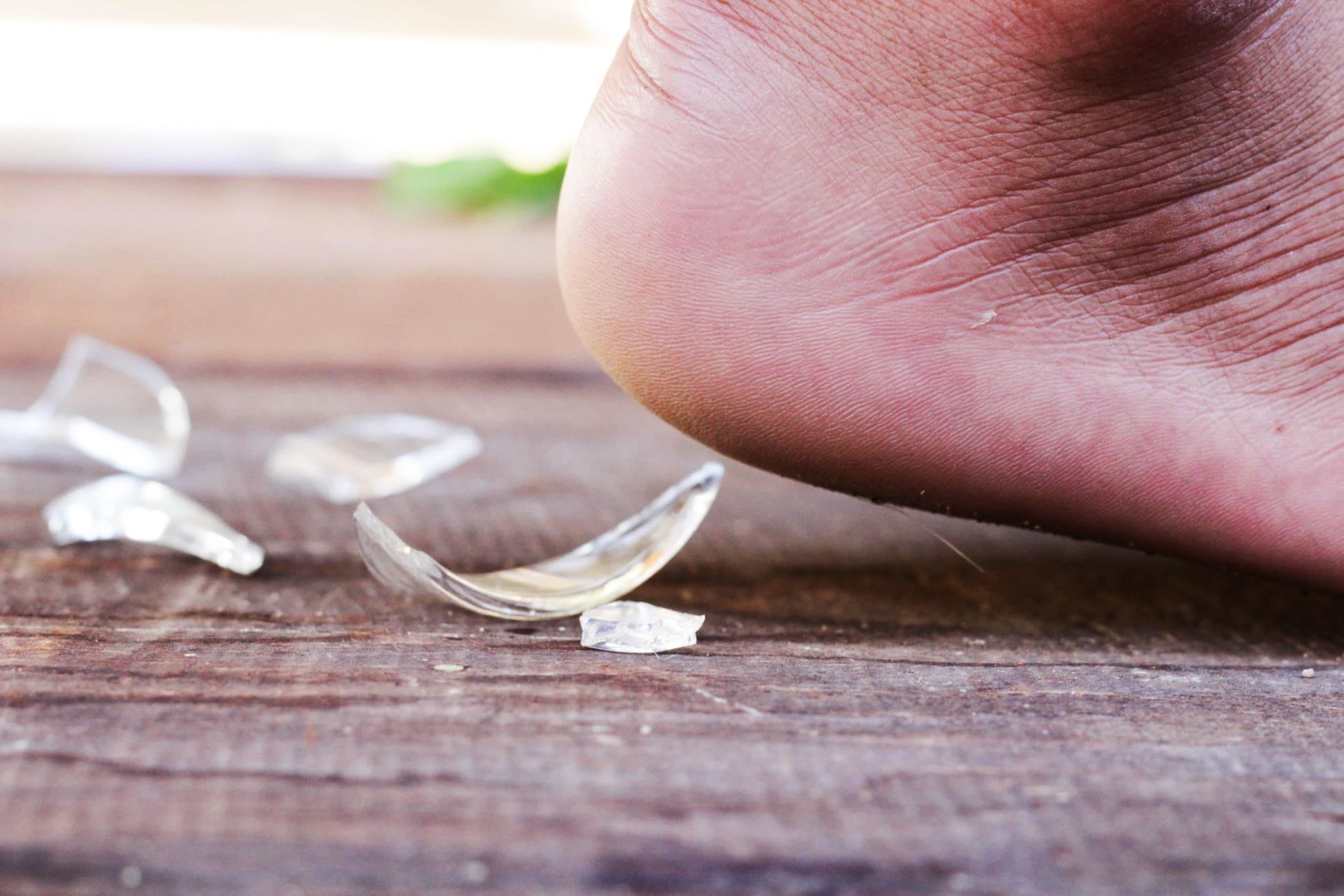

0 thoughts on “How To Remove Lettering From Glass”